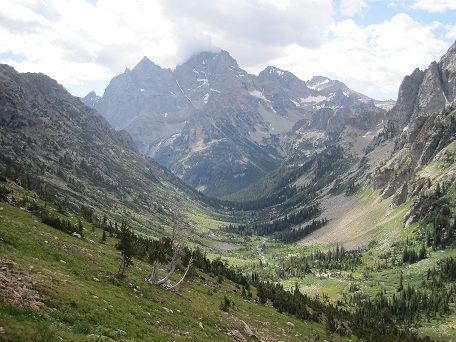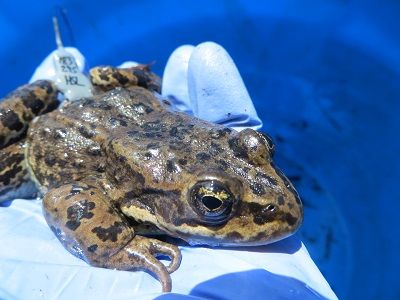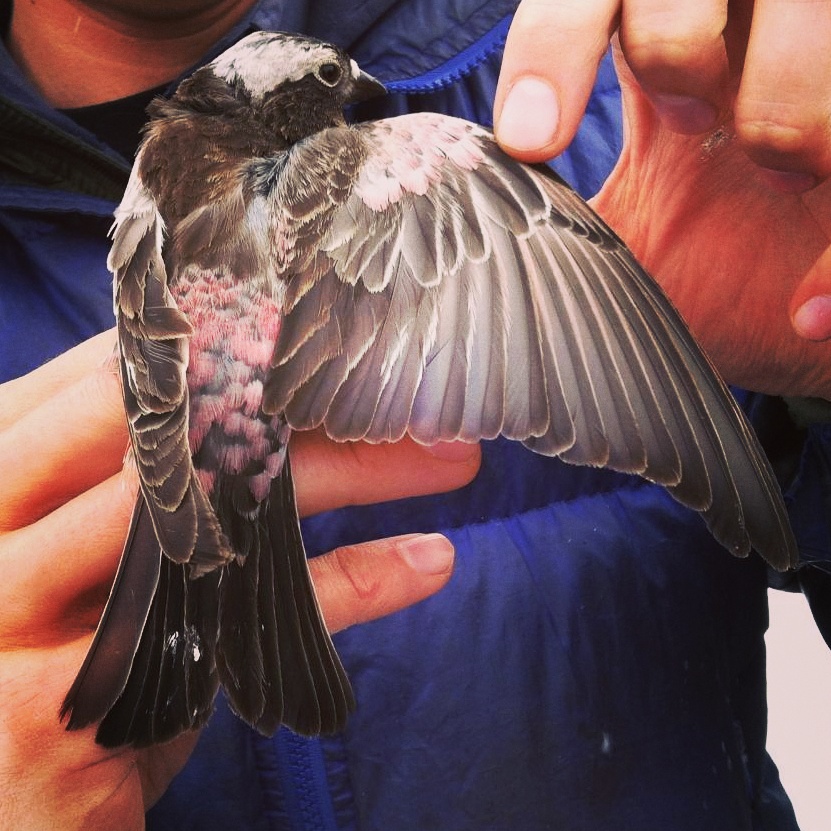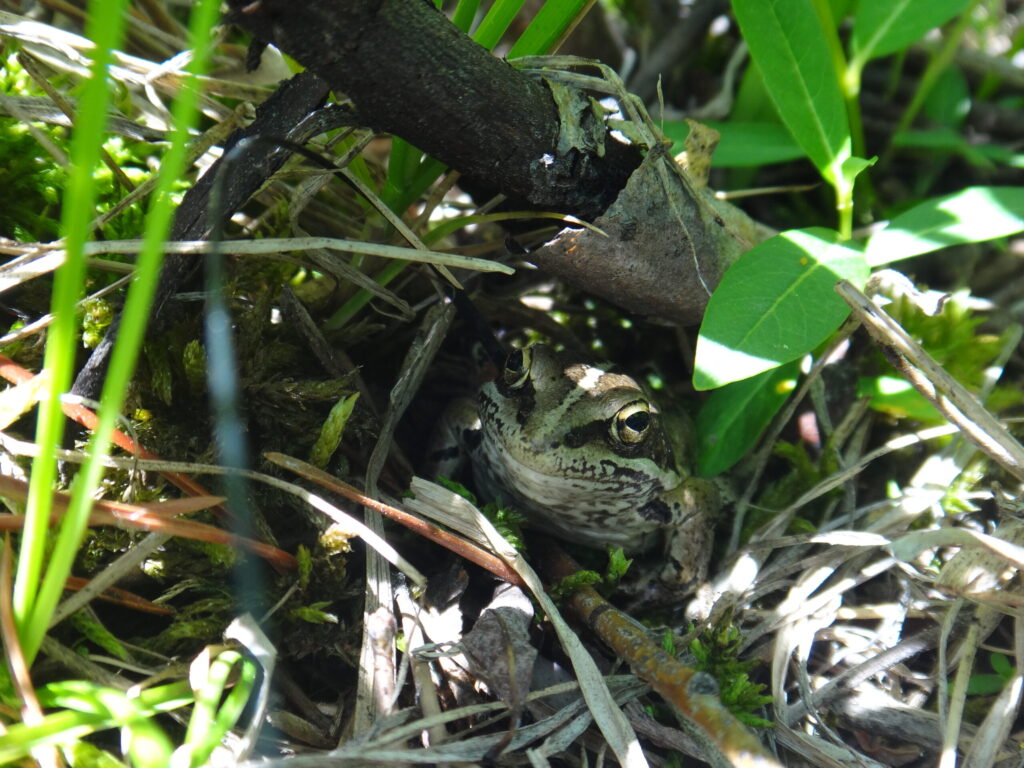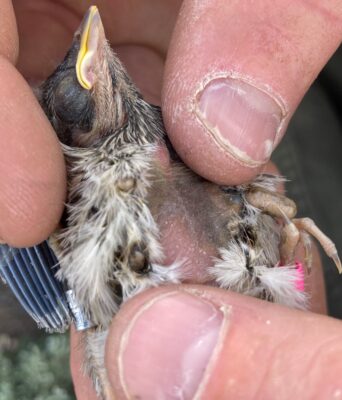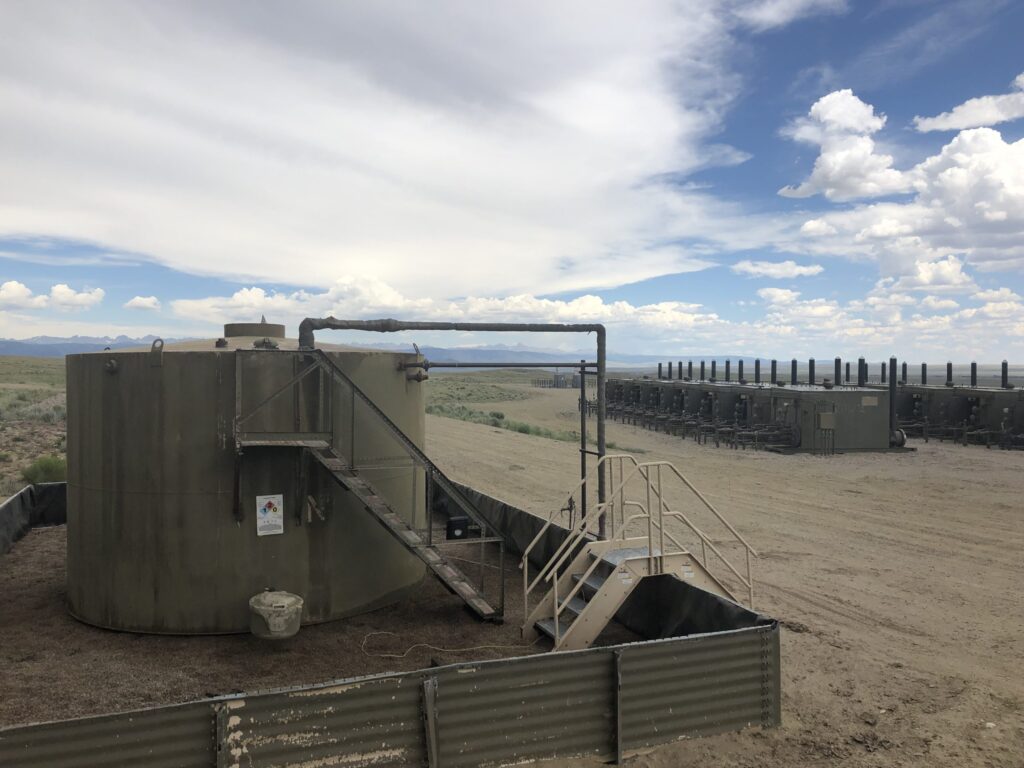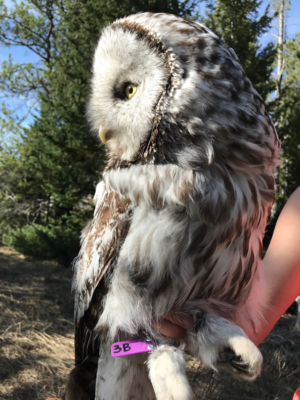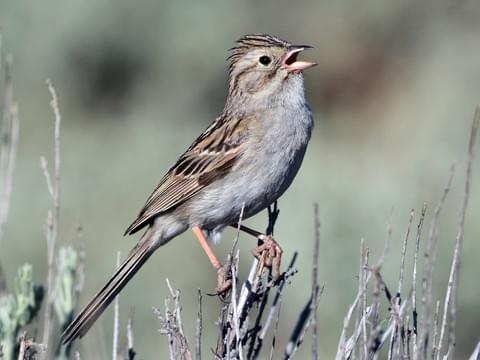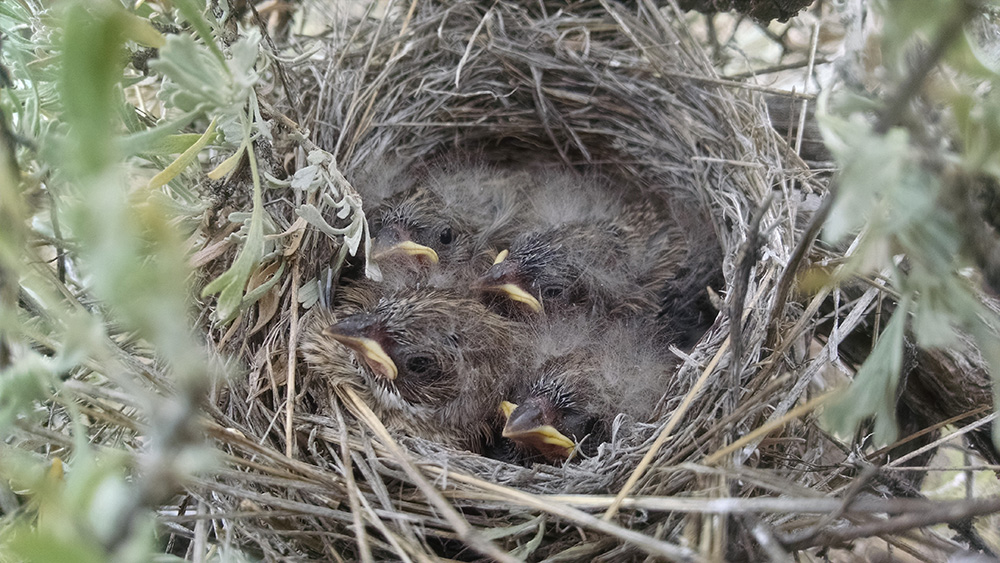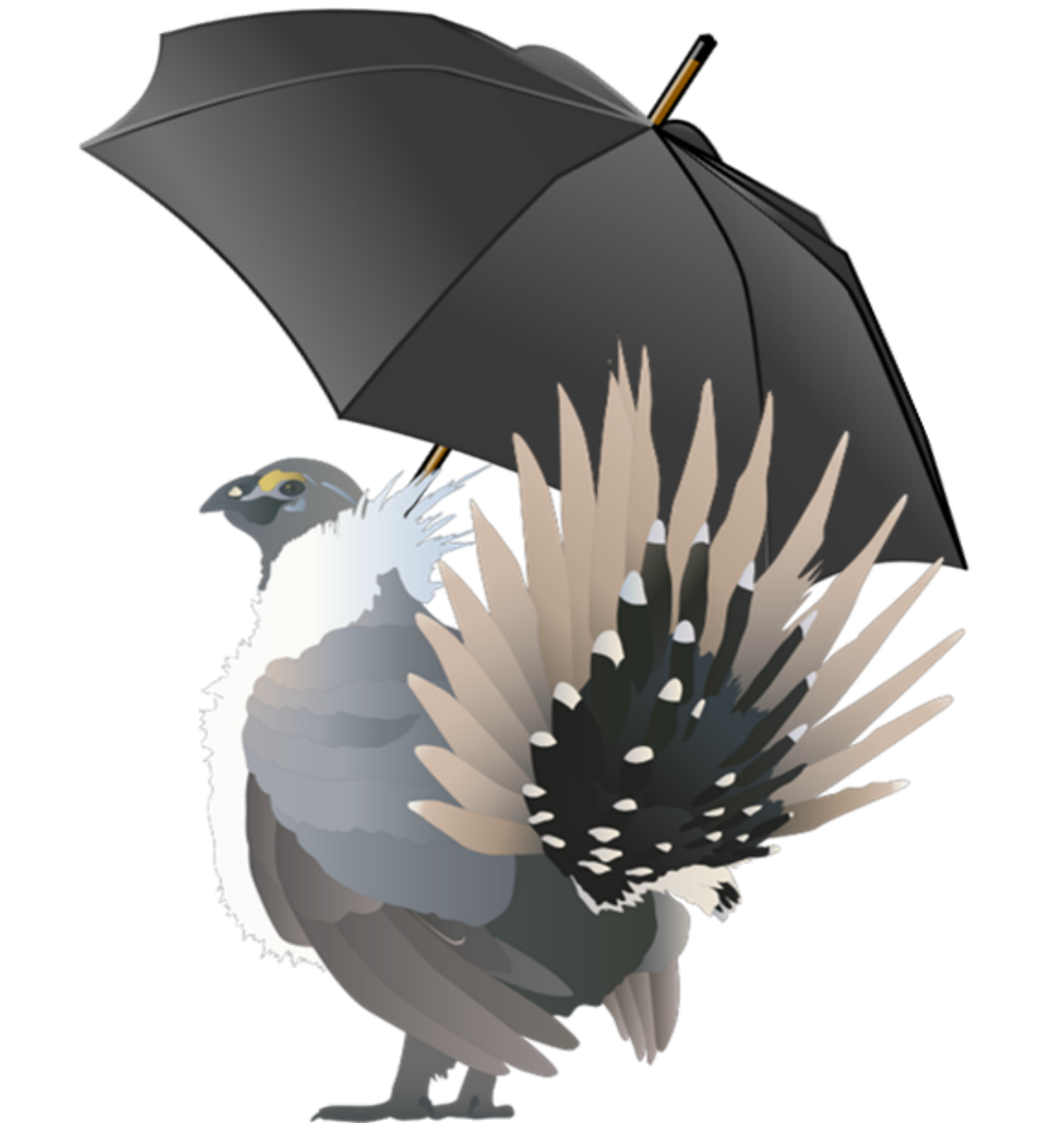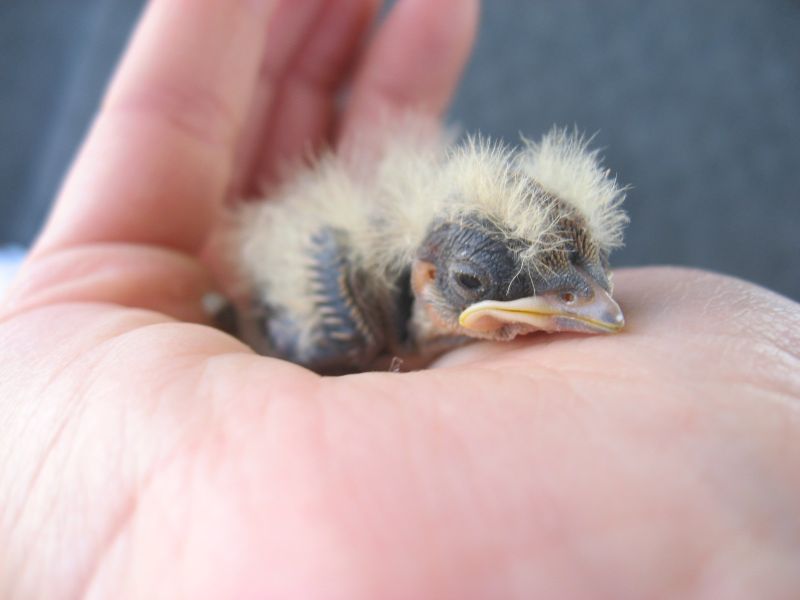Chalfoun Lab
Current research in the lab spans the disciplines of ecology, evolution, behavior and conservation biology, and diverse taxa including birds, small mammals, and herpetofauna.
Our main focus is understanding the processes and factors that influence wildlife-habitat relationships. We are particularly interested in understanding why organisms select particular habitats and under what contexts such choices are adaptive. Our philosophy is that effective conservation and management strategies require careful study about what constitutes actual habitat quality for species of interest at relevant spatial scales.
LEARN MORE ABOUT OUR RESEARCH »
Projects
An assessment of the limiting factors for boreal toads in the LaBarge Creek watershed
Boreal toads (Anaxyrus boreas boreas) were once common throughout their native range but have undergone severe declines as well as local extinctions over the past decades. Fungal pathogen Bd (Batrachochytrium…
Completed Projects
Alpine ecology and climate change
Rapid climate change is one of the defining conservation issues of the 21st century. The effects of changing conditions are seen in most of the biomes on earth and influence…
Amphibian ecology and demography in response to disease and livestock grazing
Forecasting population responses to natural and anthropogenic stressors is a fundamental challenge for ecologists, conservation biologists, and wildlife managers. Predicting amphibian population trajectories, in particular, poses an additional challenge because…
Columbia Spotted Frogs
Spatially isolated populations of species, especially those with limited mobility, are at an increased risk of extirpation. Though Columbia spotted frogs (Rana luteiventris) have a widespread range throughout western North…
Habitat relationships of the Black Rosy-Finch
Seasonally located in high mountain ranges, Black Rosy-Finch (Leucosticte atrata) breed exclusively in alpine environments where snowfields and tundra facilitate foraging, and cracks in cliffs provide nest sites. They are…
Habitat selection and quality of the wood frog (Lithobates sylvaticus) in the Snowy Mountains of Wyoming
The wood frog (Lithobates sylvaticus) is a glacial relict species in Wyoming, found only within the Snowy and Bighorn Mountains. The Wyoming Game & Fish Department has listed the wood…
Infection Rates and Effects of Ectoparasites on Declining Sagebrush Songbirds
Parasites can affect the fitness of host organisms in a variety of different ways, but the extent of impacts are unknown for many species. While parasites and their hosts have…
Long-term response of sagebrush songbirds to energy development
We are evaluating the long-term effects of energy development on sagebrush songbirds. Specifically, we are comparing historic (2008-2009) and contemporary (2018-2019) abundance data collected in two natural gas fields in…
Mechanisms underlying variation in movements and demography by Great Gray Owls (Strix nebulosa)
This research evaluates the mechanisms underlying variation in movements and demography by irruptive, facultative-migrant species using the Great Gray Owl (Strix nebulosa) as a model system. Specifically, we will assess…
Mice and Birds Project: Interactions between deer mice and sagebrush-obligate songbirds
We are experimentally investigating the direct (predation of offspring) and indirect (competition for food) effects of deer mice on sagebrush-obligate songbirds in relation to energy development and whether predator removal…
Mountain Pine Beetle Epidemic Impacts on Wildlife
Lodgepole pine (Pinus contorta) forests of the Intermountain West are currently experiencing a widespread epidemic of the mountain pine beetle (Dendroctonus ponderosae), due in part to climate change. Major habitat…
Native small mammals and invasive grasses
A pervasive and intensifying form of disturbance that can vastly alter wildlife habitat is non-native species invasion. Invasive species threaten biodiversity worldwide and are considered the most significant conservation threat…
Northern Long-eared Bat Maternity Roost Project
Bats provide ecosystem services that benefit the human economy and agriculture. Many bat species across the US are in population decline due to the degradation of natural roosting habitat, wind…
Pika Status in Wyoming Project
Distinctive life-history traits of the pika such as their sensitivity to temperature, limited dispersal ability and occurrence in small isolated populations render them particularly vulnerable to climate change. In the…
Raptor Energy Project
Beginning in 2003, the BLM Buffalo Field Office began searching for and monitoring active and inactive raptor nests in close proximity to proposed coal bed methane (CBM) wells in the…
Songbirds and Energy Development
Energy development has become a primary source of anthropogenic habitat alteration in the western US, with the majority of development occurring within sagebrush dominated landscapes. Since May 2008 we have…
Umbrella Species Project
The umbrella species concept holds promise as a shortcut to broad-reaching wildlife management and conservation. In this project, we assessed whether dozens of at-risk wildlife species benefit under the umbrella…
Wind Energy and Grassland Birds
Anthropogenic disturbances can lead to wildlife population declines due to habitat loss and changes in habitat quality. Understanding wildlife responses to these changes can aid us in mediating impacts to…
PEOPLE
ALUMNI


